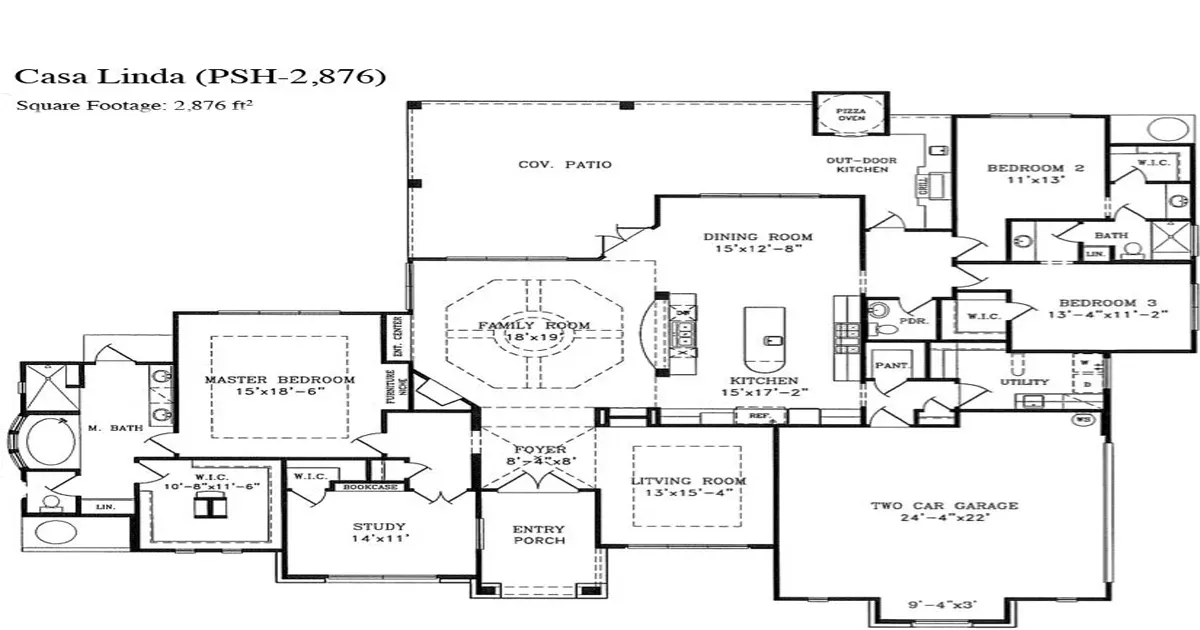Designing a house
Designing a house can be a complex and difficult process that takes into account various factors such as budget, location, size, style preferences, sustainability or durability, and durability. Here is a general outline of the steps you can consider when designing a house.
Determine your needs and goals
Determine your requirements for the home and what item preferences you would like. The layout will take into account the number of bedrooms and bathrooms you need, the amount of living space you need, any specific features or amenities you want, and your overall aesthetic preferences.
Set a budget
Establish a specific budget for the project. It will guide your decisions throughout the design process and help ensure your plans are financially feasible.
Determine your needs and preferences
Make a list of all the requirements you need: number of bedrooms, bathrooms, size of kitchen, shape and space of living area, outdoor space, etc. Consider the requirements of your lifestyle and how you want your home to function.
Architectural Style
Houses come in a variety of architectural styles, each reflecting different periods, cultural influences, changes over time, and design philosophies. Some common styles include Victorian, Tudor, Colonial, Craftsman, etc. More varied designs include contemporary and ranch.
Layout and floor plan
Homes can have different layouts and floor plans depending on factors like size, functionality and architectural style. Common layouts include open floor plans, traditional layouts with designated rooms, and multi-story designs.
Construction Materials
Sleek and attractive houses can be constructed using various materials like wood, brick, stone, concrete etc. steel. The choice of materials often depends on factors such as climate, aesthetics, comfort, durability, and cost.
Interior Features
Home interior features may include wood floors, carpeting, tiles, tiles, crown molding, fireplaces, built-in shelves, and architectural details such as arches or columns, covering every level.
Exterior Features
Exterior features contribute to a home's curb appeal, popularized by people's faces, and may include elements such as siding, roofing materials, siding, windows, doors, landscaping, porches, or patios, and outdoor living spaces.
Choose a location
Select a specific suitable location for your new home Homes need to be built taking into account factors such as proximity to schools, workplaces, amenities and the overall neighborhood environment. Hire an architect or designer that can meet your needs and reflect your style preferences. Make sure to communicate your vision clearly and provide sharp feedback throughout the design process.
Design a floor plan
Create a floor plan with your architect or designer and work to determine a layout that optimizes the use of space and creates a strong functional layout. Keep window sizes slightly larger for flow, natural light, and ventilation between rooms, and consider door placement and any special features you want to include, ect.
Determine exactly
Determine exactly how much you can afford to spend on construction, materials and furniture. Research different architectural styles (eg, modern, traditional, minimalist, farmhouse) that appeal to you. Consider architectural styles that are appropriate and attractive to the surrounding environment and neighborhood.
Focus on functionality
The design of each room should work with its intended function in mind. Focus on storage solutions to reduce clutter. Ensure easy access throughout the home, especially for those with mobility challenges.
Read Also:
Choose Materials and Finishes
Choose materials for floors, walls, countertops and other surfaces based on durability, maintenance requirements and aesthetic, other appeals. Consider the overall design theme and color scheme to be used when choosing finishes.
Plan the outdoor space
Indoor areas or outdoor areas such as gardens and patios and decks should be designed to complement the indoor living spaces. Factors to consider include privacy, landscaping and outdoor amenities such as fire pits or barbecue areas.
| Room Name | ft/m/inch |
|---|---|
| Dining Room | 15'x12'-2" |
| Kitchen | 15'x17'-2" |
| Master Room | 15'x18'-6" |
| Bed Room2 | 11'x13' |
| Bed Room3 | 13'x4"-11'x-2" |
| Living Room | 13'x15'-4" |
| Family Room | 18'X19' |
| Foyer | 8'-4"x8' |
| Study | 14"x11" |
| W.I.C | 10'-8"x11'-6" |
| Two Car Garace | 24'-4"x22' |
Tcehnologies include
Planning the integration of modern technologies, such as smart home features, security systems, and energy management systems.
Work with professionals
Hire a properly skilled person or architect, designer to assist in the design process if necessary. Consult with contractors and manufacturers to ensure feasibility and correct costing and proper functionality of your design.
Review and revise
Continually review and refine your design so that it meets your needs and budget every step of the way. Adjust all necessary and redundant information based on feedback from professionals and stakeholders. Obtain permits and approvals Before starting the construction, necessary permission from the local authority and soil test should be obtained and how many storeys the building will have.
Get permission
Get permission to know that it is possible to build on. Remember, designing a home is a collaborative process, starting with knowing how long it will last It requires careful planning, disciplined creativity and attention to detail. Then take the time to explore the various options and make decisions that align with your vision for your dream home.


Post a Comment